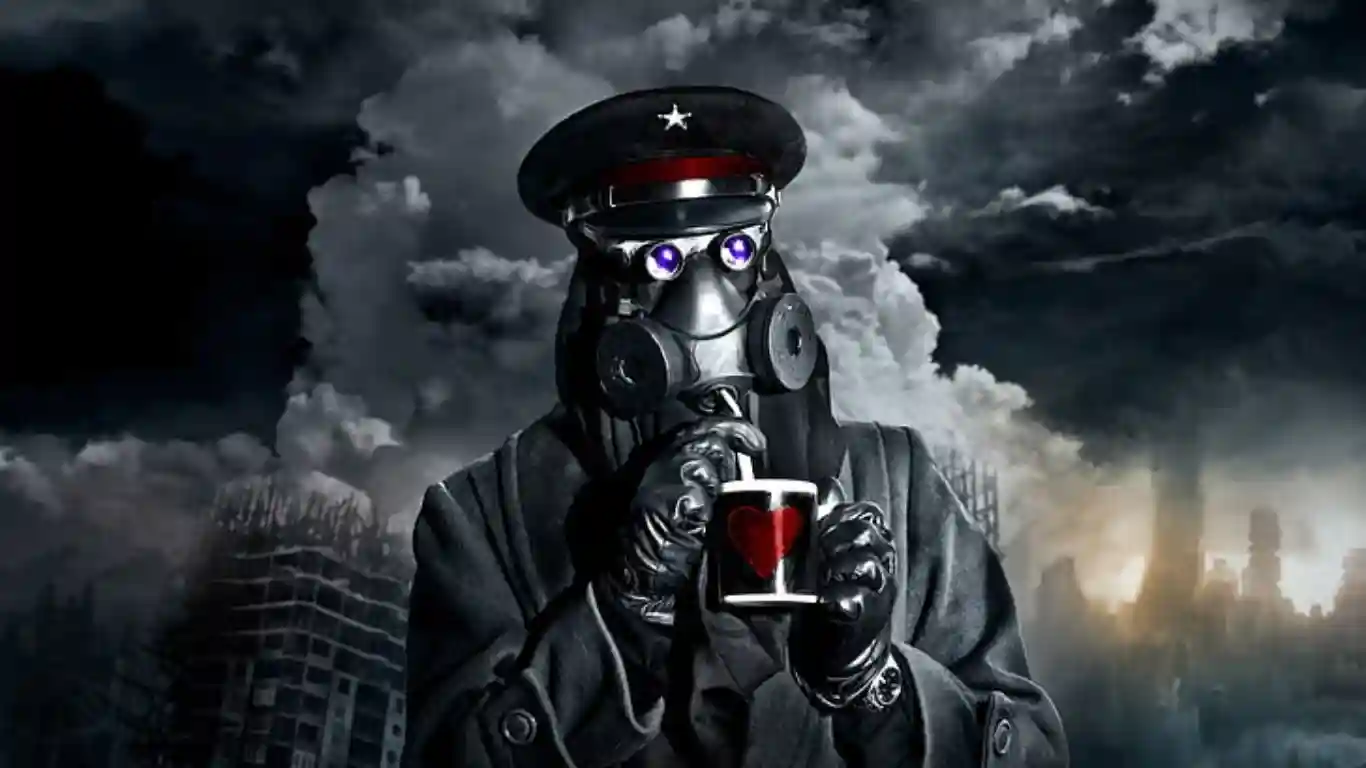How Authors Hide Villain From Readers? – Authors frequently struggle with the problem of hiding their villain or “bad man” in plain sight at the beginning of a mystery or whodunit. Because they are frequently an important character in the narrative, we must present our antagonist to the reader right away. Ultimately, this makes for a more satisfying ending: no one wants to learn that the villain is a minor side character who shows up in act.
Additionally, we need the reader to frequently interact with the story’s secret antagonist. We want the reader to not only comprehend the motivations of this important individual when keeping the identity of our adversary a secret, but also to support them. Of course, we want the reader to believe the covert antagonist. There are seven characterization and plot techniques l that will help you hide your villain’s identity until the ideal time comes when you, the author, decide to reveal the truth.
How Authors Hide Villain From Readers?
Use first-person point of view
The simplest approach to create a strong emotional bond between your reader and your villain is to use first-person point of view. As we attempt to develop empathy for the “bad man” we’re aiming to hide among our cast of characters, it helps to be able to put the reader in the villain’s emotional state easily. The author personally prefers epistolary narrative forms, which go well with first-person POV. As an illustration, he can think of nothing more engrossing than a humble and likeable villain’s tell-all diary, recording the events leading up to the story’s main crime, a crime they commit.

Provide a sympathetic background
Each character comes into a tale with unique flaws and emotional scars. Think about making these as relatable and tragic as you can. Some examples include lack of money or other financial difficulties, physical deformities or illnesses, or significant losses in one’s personal life. After establishing the emotional or physical traits that will cause your reader to feel sorry for your concealed villain, let’s explore the villain’s perspective on these traits. Show us the person’s sadness, shame, or embarrassment. Keep in mind that we want the reader to want the secret villain’s happiness and healing.
Establish motivations and goals
Your concealed villain, like other important characters in your story, needs to have objectives that are both explicit and justified. Establishing exactly what your bad guy wants is the only way to get the reader to support them throughout the entire story.
Throw a wrench in your hidden villain’s plans
Make something horrible happen to this crucial individual after you’ve gained the reader’s compassion for them and after you’ve outlined their objectives. Ideally, this unfortunate incident relates to the shortcomings and emotional scars you identified above. The reader should genuinely feel horrible for the evil guy. We want the reader to believe that the objectives of your secret villain are unattainable. Because you’ll be focusing on unveiling the villain in act III and, hopefully, proving the reader how incredibly mistaken they were about this character all along, this method works best in acts I and II of your novel.

Demonstrate virtue and show emotion
Strategically place sequences when your villain demonstrates noble qualities as they react to the events of the plot. Think of compassion, sincerity, charity, selflessness, self-control, cooperation, or forgiveness. Show the feelings of your adversary as well. Even bad guys experience heartbreak, resignation, loneliness, and anxiety; nobody is completely evil. You can bring these feelings into your novel via history – for example, your concealed villain might still be grieving the loss of an old buddy, but active scenes where these feelings are expressed in response to plot developments are preferable.
Show positive interaction with other characters
Another strategy for enhancing the good and goodness of your villain is to show how your secret villain is liked and/or respected by other characters. Perhaps he has a magnetic personality and is good at attracting people; otherwise, perhaps your villain is a responsible mother who also serves as the PTO president. When deciding whether or not to trust your villain, readers will take into account how other characters feel about him or her.
Watch voice and tone closely
The antagonist is obvious to you as the author from page one. As you write, you will unavoidably give away hints about who the villain is. This could be through the dialogue, tone, or words used. Look closely for this as you go through the revision process, and if necessary, soften the conversation and narrative exposition. This step of the process can be immensely aided by a critique reader. When did they start to suspect the bad guy, ask them. It’s possible that the way you phrased things or the tone you used throughout the story gave readers hints before you meant to. Hide the villain right in front of your audience and keep them guessing until the very end.

This is one of the most enjoyable and fascinating things a story lover and writer can accomplish. You can surprise everyone by revealing that they knew who the antagonist was all along and that they were introduced to them but that they were completely unaware of it until the very end. In some tales, the antagonist is overtly evil and it is immediately clear who they are, but in others, the villain is crafty and cunning and, even to themselves, is the hero. It may be a lot of fun for readers to be astonished as to who the real villain is, whether your villain is insane and doesn’t identify their wicked activities as bad or they are trying their best to blend in and disguise their dark secrets.
Also Read: Books That are Similar to Ikigai and Inspire You In a Very Similar Way



